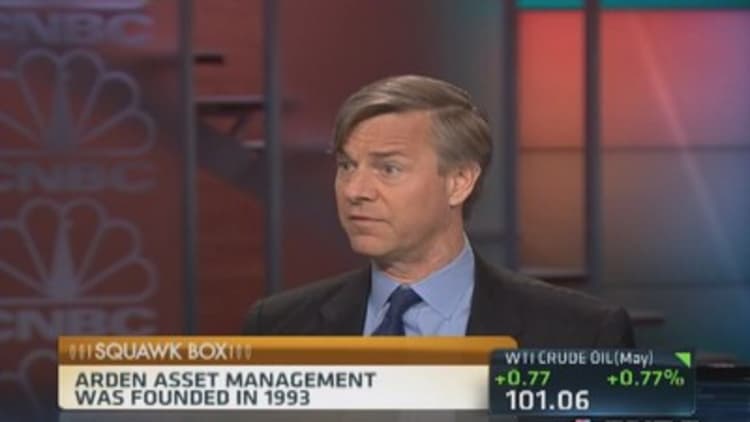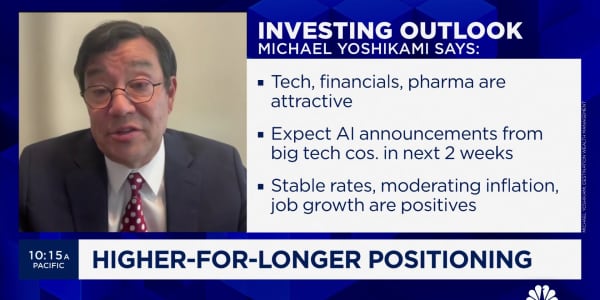
At a time when solid returns of any sort are hard to come by, it's not surprising to see market participants reaching for risk.
Hence the popularity this year of "dedicated short bias funds," Wall Street-speak for funds that blend strategies but on bias are betting against the stock market going higher.
Some $4 billion in net funds have flowed to this class of funds in 2015, according to Convergex's chief market strategist, Nick Colas, citing Lipper data. That makes it the third most popular of all the so-called liquid alternatives, or liquid alt, strategies that use hedge fund approaches but are packaged in mutual and exchange-traded funds (making them more "liquid" than traditional hedge funds).
The inflows come as investors have pulled more than $44 billion from the ETF.
Read More Hedge funds go hog wild on government bonds
No wonder: Short bias returns this year have been stellar, with the funds gaining 16.2 percent in a third quarter that saw the benchmark stock index tumble 7 percent, Colas said. Through the first three quarters, short bias returned 6 percent, a period during which the S&P 500 fell nearly 7 percent.
Sounds great, right?
Well, the problem, of course, is that there's substantial risk involved with being short the market at any time, but especially with these types of funds. That's because many of them use leverage and complicated approaches to achieve their gains, heightening the damage they can cause when the trade turns the other way. October is a good example, with stocks in sharp rally mode and short equity strategies taking a beating.
Some examples of short bias ETFs include the ProShares UltraShort 20+ Year Treasury, the ProShares Short S&P500 and ProShares Short Dow30.
"These fund descriptions highlight the high degree of leverage embedded in these strategies," Colas wrote. "They are designed to be mostly short-term holdings and require robust research and risk management, as they have the potential to earn rapid and significant gains or losses."
Read More For US investors, loyalty to home could backfire
In fairness, the short bias funds are a bit less risky than some others on the market. "Dedicated short bias" implies a blend of strategies that are only net-short the market, while "dedicated short" strategies are specifically dedicated to betting against portions of the market. Hence, dedicated short bias should at least reduce risks.
However, they still aren't for the faint of heart, and many come with warnings that they are strictly for trading and not to be used as part of a buy-and-hold strategy. Many also carry higher fees than other funds.
As part of his note on the topic, Colas compared the use of short bias funds to contestants on reality shows like "Fear Factor" which used to run on NBC (CNBC's parent) and required performing outrageous acts to win competitions.
"When used prudently, traders can employ these strategies for tactical positions and tail risk hedging," he said. "Just keep in mind that these funds have the widest dispersion of returns among all Lipper's liquid alt classifications. That can be a lot to stomach, probably more so than even drinking a raw ostrich egg on a TV show."







